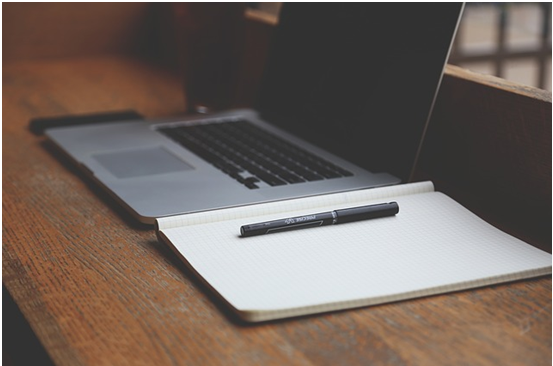When you buy a new computer, you expect to get perfect performance and troubleless operation. And you get what you expect. But for short period. Then your laptop is getting overloaded and slower and becomes a pain in the neck.
Latest gadgets from Apple provide an outstanding level of performance. However, every rule has an exception. If your Mac is old and stuffed with trash, it will cause unpleasant consequences. If you feel, your laptop is getting slower, and many useful resources like easy birdie are difficult to reach, follow these instructions and then, perhaps, your indignation will come to an end.
- Solve problems in one click
CleanMyMac 3 – this application is a multitasking hero that allows you to clean and speed up your MacBook. The application detects files and programs you don’t use or use rarely. It removes unnecessary widgets and cleans the system cache, helps to get rid of large apps. So before you continue reading other steps of this list, install CleanMyMac 3 (there is a shareware version) and try to improve your laptop performance. If you clear the cache, remove unused heavy applications and free up some space, your device will run faster.
- Disable autorun applications
If you are a computer enthusiast, you probably install a wide variety of applications and utilities to improve the process of working on the laptop. But you can also forget about them: they can automatically start and run in the background without you noticing it. The good idea is to disable autorun for resource-intensive applications, which will help speed up the boot process and free up resources for other tasks.
Open “Users and Groups” in System Preferences. Select your account and go to the “Login Objects” tab. Uncheck the boxes opposite those programs that you do not want to see running automatically. It is desirable to reduce this list to the limit.
- Take care of kernel_task
If you see that most of the CPU time is consumed by a process called kernel_task, this can cause some difficulties. This process cannot be ended since it reflects work of the operating system. But there is the solution for this problem.
Try following steps: restart the Mac, reset the SMC, remove Flash (this works for some people) and remind yourself whether you have recently installed untrusted third-party software – for instance, printer drivers. Delete all of them and check whether the issue is resolved.
- Install an SSD
If you are using one of the oldest MacBook models without Retina that were equipped with a traditional hard drive, there is one thing that can seriously improve the performance of your laptop. Replace the SSD hard drive. It’s not that complicated to implement: take an appropriate screwdriver, buy a suitable SSD and replace it.
Along the way, you can try to replace the RAM. This board is valid only for the old MacBook and MacBook Pro: in all models released after 2012, SSDs and RAM cannot be replaced.
- Reset and Reboot
One of the last valid measures is to format the entire hard drive and reinstall macOS from scratch. This is done quite simply. macOS Recovery will do everything for you – remove the old system, install a new one, update to the latest available version, etc.
Hold the Command + R keys while the Mac is loading. In the menu that appears, select “Reinstall OS X.” Follow the instructions of the installer and select your main partition as the target. This will help you to clean the disk and install the OS on it.
If all the above didn’t help you, the problem might be hidden in your browser. If you use Chrome as your primary browser, you have to consider switching to Safari. This is a great modern browser, consuming much fewer resources compared to Chrome. Chrome uses a lot of memory and power. Set Safari as your default browser, but leave Google Chrome to open some websites inaccessible with Safari (this happens infrequently).
The last thing you can do is to reconcile yourself with the state of things. If your Mac is old, it’s hardly possible to seriously accelerate it. Maybe it’s time to buy a new MacBook?

